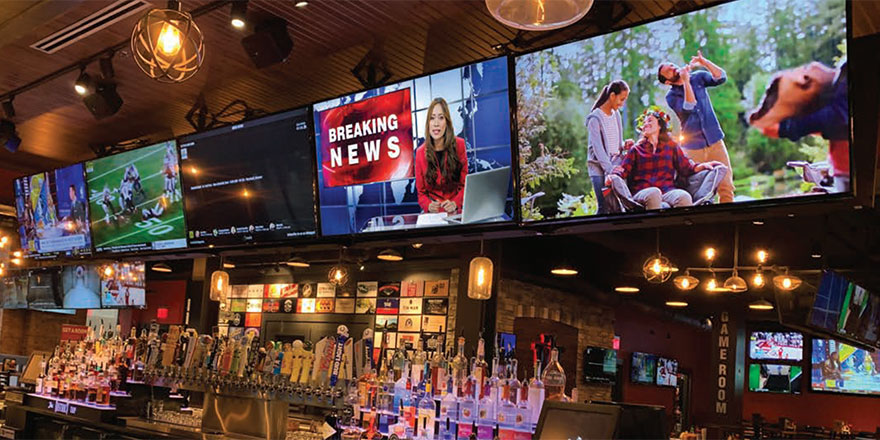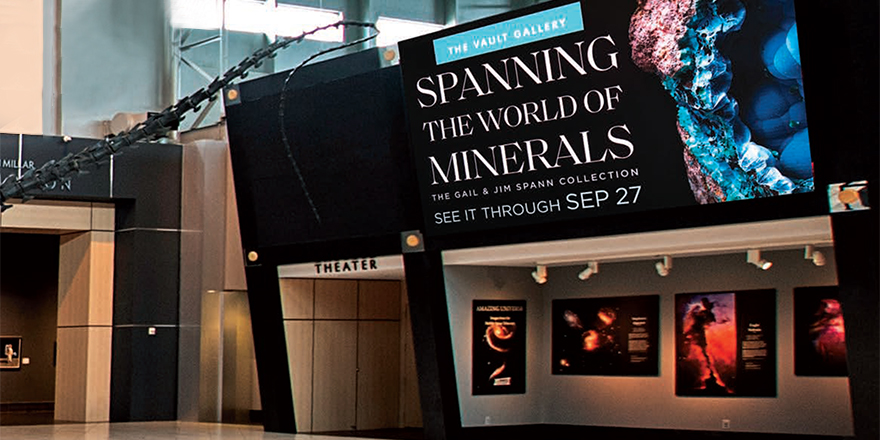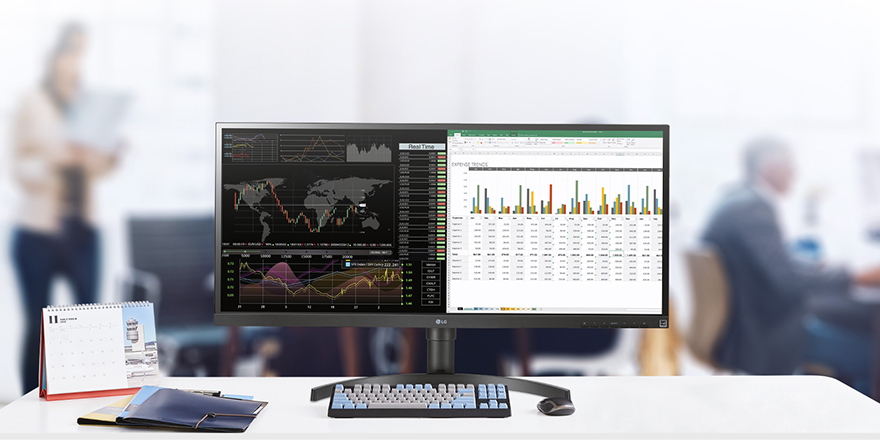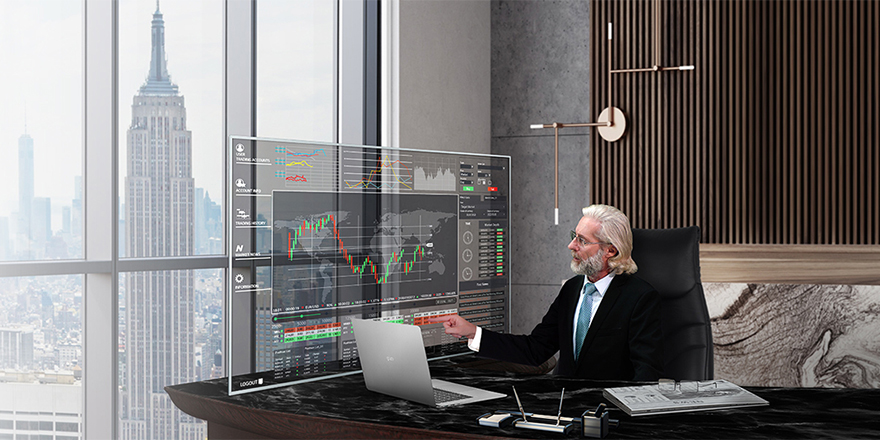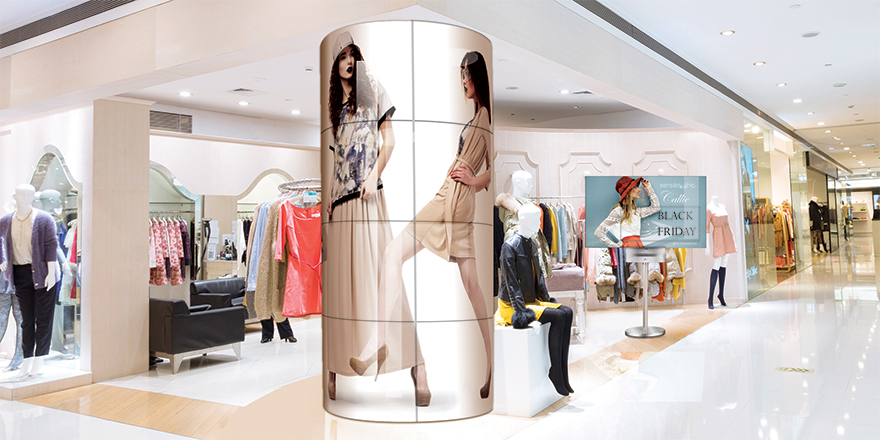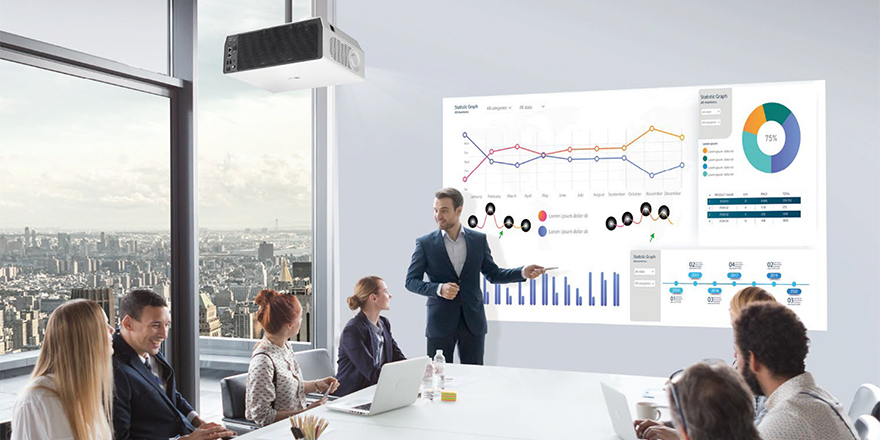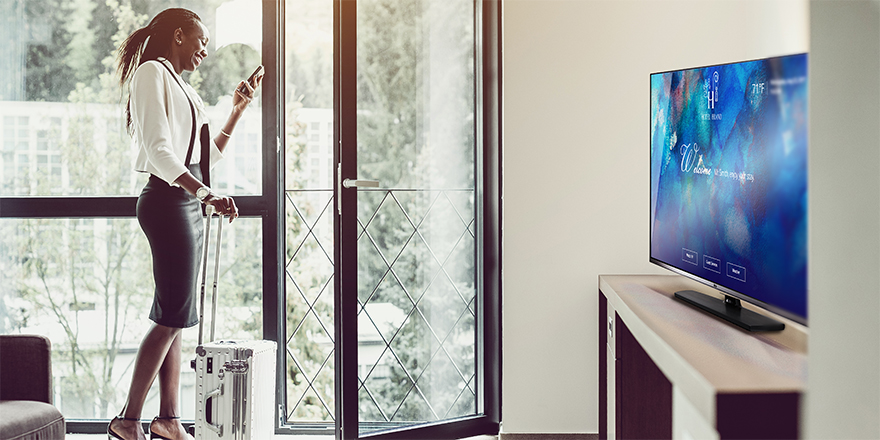
By Richard M. Lewis
Vice President, Technology & Research
LG Business Solutions USA
Is the television you watch at home today like the TV you watched five years ago? Probably not. For one thing, 4K UHD has become the standard for medium-sized and larger TVs from every major manufacturer.1 And as of August 2019, the number of households without a traditional pay TV subscription was quickly approaching those that have one, with the number of households subscribing to traditional pay TV services expected to drop below 80 million by 2021. At that time, more than one-fifth of households will be cord-cutters, according to research firm eMarketer.2
That’s because TVs – whether at home or in hotel rooms – have evolved rapidly into something more. From a physical standpoint, in-room TV systems continue to get bigger and sleeker, allowing hotels to reimagine their guest spaces. But equally important, they’ve become two-way application-delivery platforms, giving hotels the tools they need to differentiate their in-room experience.
Today’s smart TVs are networked entertainment hubs, capable of handling over-the-top (non-cable, non-satellite) programming, hotel marketing and communications, and guests’ own preferred media. In the near future, it’s very likely the in-room TV – and not a separate smart room device – will be the integrated platform for controlling music, lights, climate settings and more.
Here are four in-room entertainment trends that hotels can expect to monitor in 2020:
Bigger TVs
The economics of flat-panel TV production have made ones that measure 49 to 55 inches (diagonal) the new standard for in-room entertainment, driven in large part by more-affordable larger screens in the consumer market. Some hotel brands have even standardized on 65 inches, and there are now hospitality-specific models as big as 75 inches.
For a while, there was a disconnect between the larger TVs going into rooms and the content they showed. In many cases, hotels were displaying older-format content on high-definition TVs. But now, most hotels have shed the old analog and low-resolution channels, which can be an eyesore on today’s bigger, higher-resolution TVs, in favor of all-HD content, taking full advantage of large-screen TVs. As a result, the in-room entertainment experience is equal to, and in some cases better than, guests’ home entertainment experience.
And with bigger, 4K Ultra HD TVs becoming the norm, hotels are seeing the benefits of mounting them on walls instead of on furniture or in credenzas. For one thing, mounting a 55-inch, flat-screen TV on a wall adds to the distance at which guests watch, which improves the viewing experience. For another, hotel designers can use the extra space to improve the interior design and increase guest’s comfort. Requiring less furniture to support the in-room television saves money and creates a more spacious hotel room.
Better TVs
In the past, dramatic improvement in foundational TV technology has often meant higher prices. When the first OLED TVs came out, with their stunning picture quality, it was understandable that hospitality brands, which may procure hundreds of TVs at a time, might take a wait-and-see approach. Now, with the growth of OLED TVs on the consumer market, LG is bringing more cost-effective OLED TVs to the hospitality market.
There’s also considerable innovation in LCD TVs with the use of tiny “nano” particles to vastly improve the quality of large TVs. These particles (each roughly one nanometer in size) absorb surplus wavelengths of light, which enhances the purity of colors on the screen while expanding the color gamut and ensuring consistent color performance from virtually any angle. Such nano TV technology is available now. Major hospitality brands such as Princess Cruises’ MedallionClass™ are adopting LG NanoCell™ hotel TVs both for their high performance and because their slim-profile design makes it easy to deploy thousands of in-room TVs in a single location.
4K Content
One way or another, guests will start to enjoy more high-resolution 4K content on their in-room TVs. Streaming services already deliver more programming in 4K, even though it may require five times the network bandwidth as 1080p HD. For various reasons, hotels are now adopting more Internet Protocol television (IPTV) in rooms, whether to support services such as Netflix and YouTube or to give guests access to hotel programs and information. As hotels build out the network infrastructure to support not only IPTV, but also reliable internet access for guests, pervasive digital signage and – eventually – network-based automation, control, and artificial intelligence, they will be able to deliver more 4K entertainment.
Even if hotels don’t invest immediately in the network infrastructure to support 4K entertainment, the 4K UHD TVs they’re installing today can still deliver a superior viewing experience. Most of the new 49- to 65-inch TVs that hotels are buying are now 4K UHD TVs. And the latest generation of 4K UHD TVs are better than ever at taking an existing HD signal and upscaling it to take advantage of the 2 million pixels for optimal viewing. Moreover, most 4K UHD TVs include technology called HDR (high dynamic range) that improves contrast ratio and color accuracy, resulting in a better picture even if content isn’t yet at full 4K resolution.
Bring-your-own-entertainment
Today’s hotel-room smart TVs are really application platforms, so they allow guests to customize their entertainment experience. There are two primary ways people can bring their own media. The first way is to log into their preferred streaming accounts via the TV itself. Using their own, existing credentials, guests log into services like Netflix and Pandora to enjoy personalized programming. TV providers, hotels and technology integrators work to ensure the login information is secure and protected, and guests enjoy the same streaming media they’d enjoy at home.
Still, guests may not find it convenient or desirable to enter their login information into a hotel TV. Therefore, a second, emerging method of BYOE is beginning to take shape. “Casting” allows guests to take whatever they’re watching on their mobile devices and “cast” it to the TV, so it appears on the big screen. The experience is similar – guests enjoy the streaming services to which they already subscribe – but without the need to login separately.
For many, this could be the holy grail of in-room entertainment. Guests may decide that what’s on their smartphones is the only content they need during their stay, freeing up hotel operators to cut back on their investment in traditional programming and delivery. Some properties have successfully rolled out certain casting services. Google’s Android™ platform and Chromecast™ technology have proven effective. But as more mobile platforms introduce support for in-room casting, more hotels will look to enable their smart TVs to receive those streams.
And while all these trends positively impact the guest experience, TV technology is also evolving to improve operations. For example, as hotels adopt more smart TVs and build out their network infrastructures, software solutions like LG’s Pro:Centric® platform allow operators to manage and customize the in-room experience from a central location.
The TVs that guests watch today are not like they were five years ago. To a certain extent, they’re what hotel brands want them to be. The advantage of an Internet Protocol-based, open approach to hospitality entertainment is that hotels can develop solutions that best fit their needs and help establish unique, differentiated relationships with their customers.
1. https://www.pcmag.com/picks/the-best-tvs
2. https://www.emarketer.com/newsroom/index.php/cable-operators-shift-to-profit-mode-accelerates-cord-cutting/
